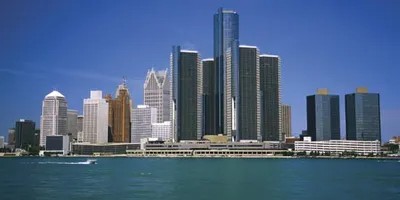In July 2013, the city of Detroit made history by becoming the largest city in the United States to file for Chapter 9 bankruptcy. This significant event marked a pivotal moment in the city’s tumultuous financial history, underscoring the severe economic challenges that had been building for decades.
Chapter 9 bankruptcy, a form of reorganization specifically designed for municipalities, allows cities to restructure their debts while continuing to provide essential services to residents. For Detroit, the decision to file was a last resort after years of declining revenues, rising expenses, and a shrinking population. The city’s population, which had peaked at 1.8 million in the 1950s, had plummeted to around 700,000 by 2013. This drastic decline significantly reduced the tax base, exacerbating the city’s financial woes.
The roots of Detroit’s financial troubles are complex, stemming from a combination of factors including the collapse of the auto industry, suburbanization, and mismanagement. The auto industry’s downturn hit Detroit particularly hard, leading to widespread job losses and economic decline. Additionally, the movement of residents and businesses to the suburbs eroded the city’s tax revenues further. Over the years, Detroit also faced accusations of corruption and financial mismanagement, which worsened its fiscal health.
By the time the bankruptcy was filed, Detroit’s debt had ballooned to approximately $18 billion. This staggering amount included obligations to various creditors, pension liabilities, and unfunded health care benefits for city workers. The city was unable to pay its bills, maintain public services, or invest in infrastructure, leading to deteriorating conditions for residents.
The bankruptcy process, overseen by Judge Steven Rhodes, aimed to provide Detroit with a fresh start. One of the primary goals was to reduce the city’s debt to a manageable level. Kevyn Orr, an emergency manager appointed by the state, led the restructuring efforts. Through negotiations and court rulings, the city was able to significantly cut its debt, reaching agreements with many of its creditors.
The restructuring plan included a combination of measures such as reducing pension benefits, renegotiating labour contracts, and leveraging assets like the Detroit Institute of Arts. The plan also involved substantial investments in public services and infrastructure to rebuild the city and improve the quality of life for its residents.
Detroit’s journey through bankruptcy was challenging, but it also provided an opportunity for renewal. By addressing its crippling debt and implementing strategic reforms, the city laid the groundwork for a more sustainable and prosperous future. The process highlighted the resilience of Detroit’s residents and their determination to revitalize their city. Today, Detroit continues to rebuild, with signs of economic recovery and growth visible in many parts of the city.
newshub



Recent Comments